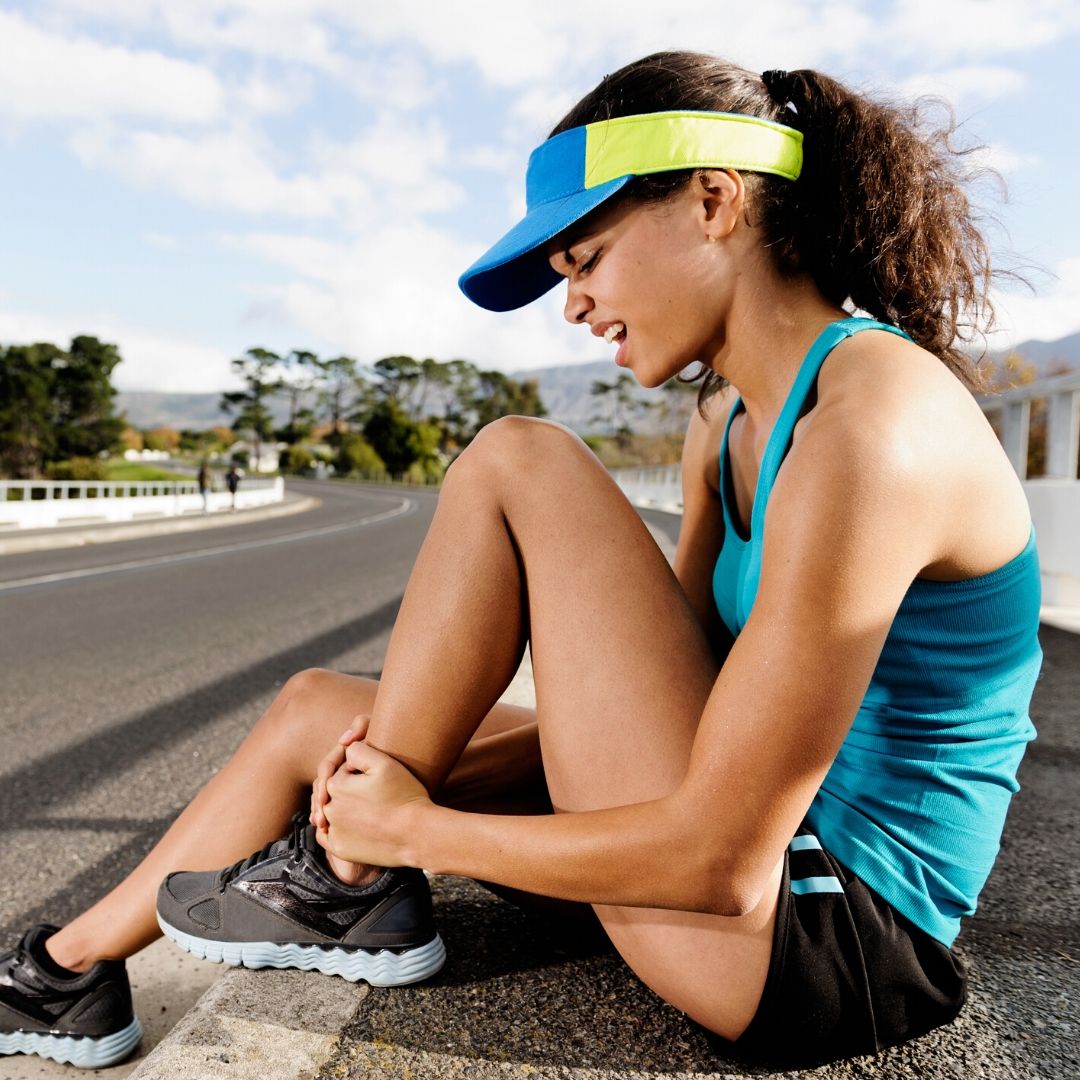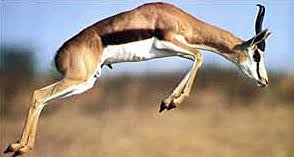Common soft tissue injuries

We are nearing the end of the year here in Australia, which means the sun is heating up and people are starting to get outdoors a little more. It’s at this time of the year lots of people head into the gym in search of a better body. Unfortunately for some, this can mean an increased risk of injury, which is no fun for anyone, especially at Christmas. We’re here to give you a little run down on some common injuries we see here at Back in Business Physiotherapy. This blog will concentrate on injuries related to ‘soft’ tissues… Namely muscles, tendons and ligaments
Floppies vs Stiffies
The soft tissue is made up of collagen. A triple helix amino acid protein complex, accounting for about 25% of the protein in the body. Genetically determined variations in collagen types, especially the extracellular matrix complex of cross bridges of collagen can determine the strength and elasticity of soft tissue. Due to the inhereted nature of collagen, there are essentially two types of people - the 'floppies' and the 'stiffies'. The 'floppies' are people who are hypermobile, partake in sports requiring flexibility and agility such as gymnastics, ballet, swimming, short distance track and field events or events which require speed and power. The 'stiffies' tend to participate in long distance land based endurance events, such as marathons, where speed, power and flexibility aren't an absolute requirement, but where postural stability is paramount. Thus 'floppies' tend to have a high proportion of type II white sprint muscles fibres, as opposed to the type I red slow twitch endurance muscles. Biomechanically, longer more elastic muscles have better recoil but also greater displacement to create maximum velocity (v = disp/time) and hence power (P=Force x velocity). Ironically, you will find the 'floppies' in the yoga class and 'stiffies' in the Pilates class when, if you wish to avaoid injuries, it should be the reverse.....but your average 'stiffy' will be intimidated by the yoga class.
In the animal kingdom the tortoise and the hare might be a good example or the Painted African Wild Dog vs the Springbok?

African hunting dog can run at 44 mph and cover long distances (770 sq miles)

The Springbok can jump very long distances and sprints well.
Thus 'floppies' need to be highly co-ordinated and have ballastic stability to avoid injury, whereas the 'stiffies' need flexibility to avoid injuries. In the off season or during the recovery phase of their training cycle, both groups should be encouraged to develop the opposite muscle fibre types to what they naturally tend to, in order to avoid injuries
Muscle strain
A muscle is made up of groups of tiny little fibres that shorten and lengthen to create movement around a joint. Muscles are flexible tissues that can withstand and create a lot of force. Sometimes movement can place excessive load through a muscle and some or all of the fibres within it can tear. Tearing of muscle fibres is known as a ‘strain’. A muscle will commonly strain when it is overstretched. Think of a soccer player reaching a leg out for the ball, or a gymnast kicking their leg over their head. If the muscle is not able to cope with the demands of the stretch, then the only option is for the muscle to tear. A strain is graded based on the severity of the tearing:
- Grade 1 - a few muscle fibres are torn, similar to unaccustomed exercise strain 24-48 hours post exercise.
- Grade 2 - more muscle fibre damage with pain lasting beyond 72 hours. 28 day lunar cycle for recovery.
- Grade 3 - extensive damage to muscle fibres, but not completely torn, Can take up to 6-8 months to recover from.
- Grade 4 - all fibres are torn. Catastrophic and may need surgey.
Common symptoms of a strain include pain, swelling, bruising, loss of function and weakness. The range of symptoms depend completely on the severity of the strain. A low-grade strain is often painful with minimal loss to function and strength. A high-grade strain is often very painful with swelling, bruising, complete loss of strength and reduced function in the affected body part.
Ligament sprain
A ligament is a strong band of tissue that joins a bone to a bone, creating a joint. Ligaments provide stability at a joint, making them quite inflexible compared to muscles. They have to withstand extremely large forces that run through the body when we move. Therefore, it makes sense that it requires a very large force to injure one. Take a rugby player who gets tackled with their foot firmly planted on the ground as the opposition player runs into the side of their legs. The excessive force of the tackle on the knee could cause the ligaments to overstretch or tear. Tearing of a ligament is referred to as a ‘sprain’. Just like a muscle, a ligament injury is graded from one to three:
- Grade 1 - the ligament is overstretched but remains intact
- Grade 2 - some ligament fibres are torn, some remain intact
- Grade 3 - all fibres are torn
Ligaments have a very poor blood supply compared to muscles which means they take longer to heal. If you look at muscle tissue it takes on a reddish appearance (i.e. a rich blood supply), compared to the silvery white colour of ligament tissue.
Symptoms of a ligament injury again depend on the severity of the injury and include pain, swelling, bruising, loss of function at the joint, and joint instability… You may well feel a little wobbly on your feet following a severe knee or ankle sprain.
Tendinopathy
A tendon is what joins a muscle to a bone. It is similar in make up to a ligament in that it also has a much poorer blood supply when compared to a muscle. Tendon injury is referred to as tendinopathy and is usually broken down into acute inflammation of a tendon (called ‘tendinitis’) and chronic degeneration of a tendon (called ‘tendinosis’). Tendons are often injured due to overuse of a body part due to repetitive actions, such as throwing in baseball. Overuse of the tendon can lead to very small tears developing. If complete healing is not achieved before re-injury, the problem can progress. A single large force put through a tendon can result in an acute episode of pain and inflammation. If a force is large enough, or a tendon has become degenerated over time, it is possible for the tendon to tear in part, or completely.
Symptoms of tendon injury include pain (often before and after activity), possible swelling, and reduced function and weakness of the affected body part. Because of the poor blood supply, tendons, like ligaments, can take quite some time to heal fully.
Many tendon injuries are associated with a bursa. The bursa frequently has been shown to involve a metabolic - immune dysfunction in association with the tendinopathy. Common bursa include the Sub-Acromial bursa in the shoulder, the Calcaneal bursa at the Achilles heel, the Hamstring insertional bursa at the sitting bone and the Greater Trochanteric bursa of the hip. Management of a mid substance Achilles Tendonosis or paratendonosis is very different to that when the Calcaneal bursa is involved.
Treatment and prevention of injury
Each one of the injury types above is managed differently, and healing time depends on the severity. With any acute injury you’re pretty safe following the RICER protocol from the off (remember rest, ice, compression, elevation and referral). However, we recommend you get in touch with your us straight away because we will be able to get our hands on you to start treatment, as well as give advice on the whole rehab process. It is especially important to know when to begin putting load through the injured tissues again to ensure you decrease your healing time and any potential after-effects of the injury.
Remember that prevention is always better than cure. We recommend you always warm up before performing your activity. A good rule to follow is warm up with exercises that are going to prepare your body for the activity you are about to perform… For soccer, warm up with ball drills, light jogging, short sprints, jumps and dynamic stretches (i.e. stretches with movement). It’s best to save your static stretches (i.e. held stretches) for your post-match cool down!
If you need help with an injury or want further advice on how to prevent injury in the future, call our clinic on 02 9922 6806 or speak to your physio during your next session.
References
1. Physiopedia. 2019. Muscle strain. [Online]. Available from: https://www.physio-pedia.com/Muscle_Strain. [Accessed 5 Nov 2019]
2. Physiopedia. 2019. Ligament sprain. [Online]. Available from: https://www.physio-pedia.com/Ligament_Sprain. [Accessed 5 Nov 2019]
3. Brukner, P. and Khan, K. 2017. Clinical Sports Medicine. 5th ed. McGraw Hill Education : Australia
Uploaded : 22 November 2019
Updated : 26 November 2019




